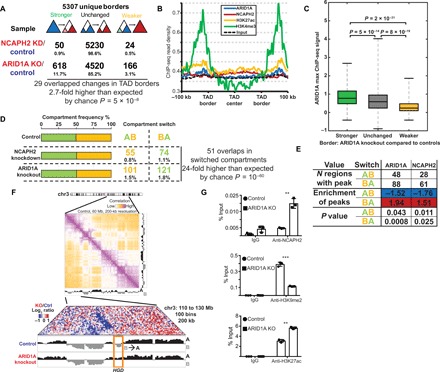Fig. 5. ARID1A loss enhances TAD border strength and can drive compartment switching.

(A) Changes in the strength of TAD borders induced by NCAPH2 knockdown or ARID1A knockout in RMG1 cells. (B) Average ChIP-seq peak intensity of ARID1A, NCAPH2, H3K27ac, and H3K4me3 across the TADs. (C) ARID1A ChIP-seq signal intensity at the TBs divided on the basis of the strength of TBs, which become stronger, unchanged, or weaker after ARID1A knockout. (D) Overall distribution of the indicated euchromatic A-compartments and heterochromatic B-compartment and compartments switch induced by NCAPH2 knockdown or ARID1A knockout. (E) Distribution of ARID1A and NCAPH2 ChIP-seq signal in regions with compartments switch compared to those without compartments switch induced by ARID1A knockout in RMG1 cells. (F) An example of a region on chromosome 3 (chr3) showing a B-to-A compartment switching that is associated with the HGD gene locus, as indicated by the box. (G) Validation of an increase in NCAPH2, a decrease in H3K9me2, and an increase in H3K27ac on the HGD locus that showed a B-to-A compartment switch by ChIP analysis using the indicated antibodies or an IgG control. ***P < 0.0001 and **P < 0.001.
